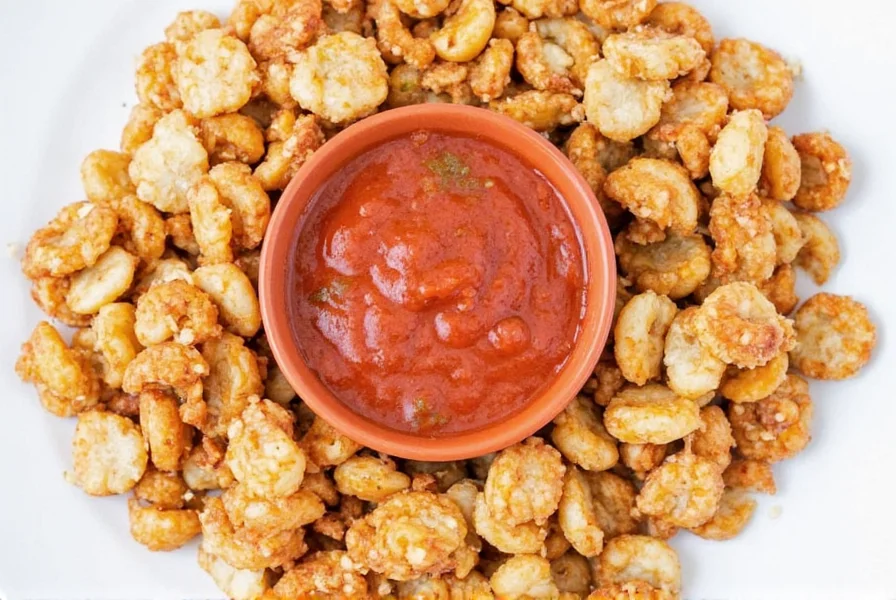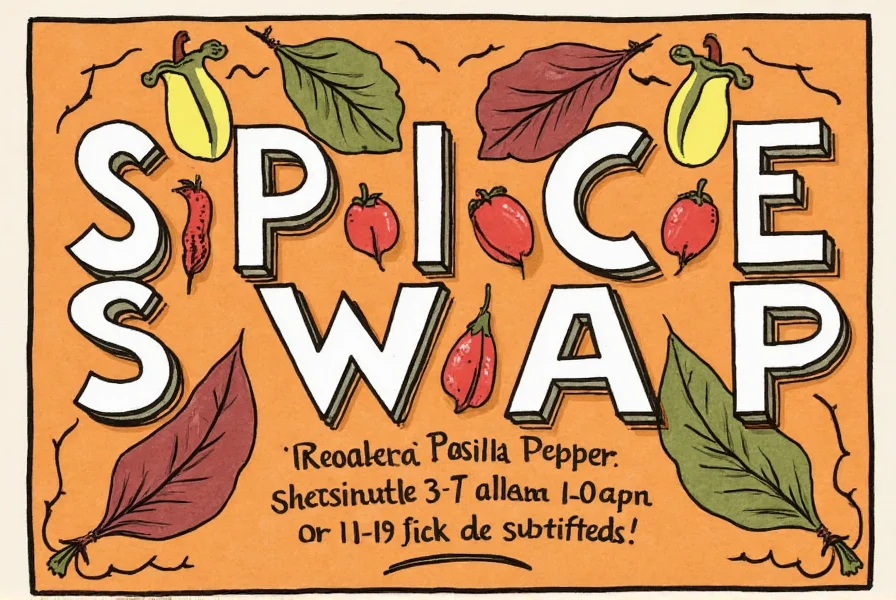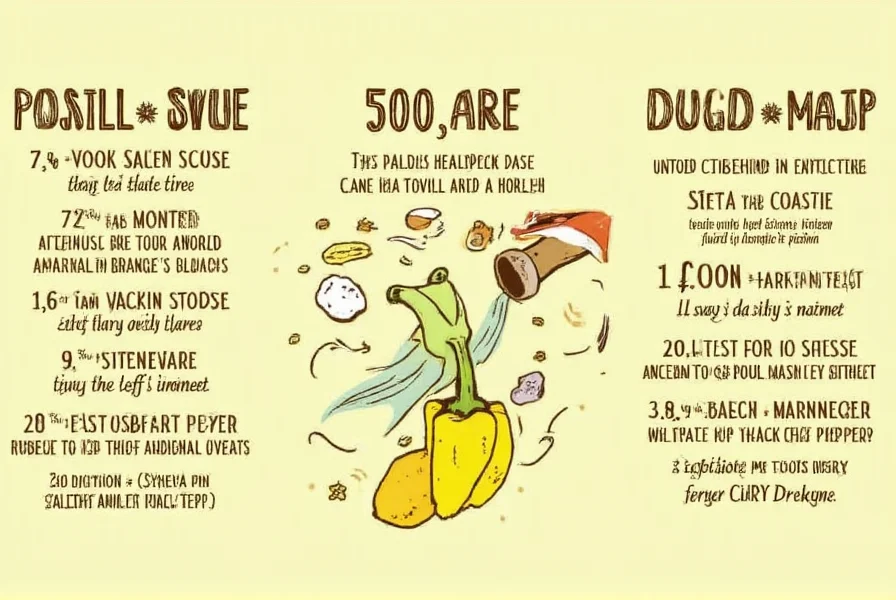Table of Contents
Best Pasilla Pepper Substitutes
When you need a pasilla pepper substitute, the top options are ancho, guajillo, mulato, poblano, and Anaheim peppers. Each offers unique heat levels and flavor profiles for different recipes. Here's a quick reference:
- Ancho Pepper: Mild (1,000-1,500 Scoville), sweet and smoky - best for moles and salsas
- Guajillo Pepper: Medium-hot (2,500-5,000 Scoville), tangy and fruity - ideal for sauces and marinades
- Mulato Pepper: Mild (1,000-2,500 Scoville), chocolate and coffee notes - perfect for complex stews
- Poblano Pepper: Mild (1,000-1,500 Scoville), fresh grassy flavor - great for stuffed peppers
- Anaheim Pepper: Very mild (500-1,000 Scoville), sweet and smooth - best for mild salsas
Why You Might Need a Pasilla Pepper Substitute
Here are common scenarios where you'd need a pasilla pepper substitute:
- Running out of pasilla peppers mid-recipe
- Seeking milder or hotter alternatives for dietary preferences
- Living in regions where pasilla peppers are unavailable
- Experimenting with new flavor combinations in Mexican cuisine

Buying Guide for Pasilla Pepper Substitutes
| Substitute | Heat Level | Flavor Profile | Best Use Cases |
|---|---|---|---|
| Ancho Pepper | 1,000-1,500 Scoville | Sweet, smoky, raisin-like | Moles, salsas, adobo sauces |
| Guajillo Pepper | 2,500-5,000 Scoville | Tangy, fruity, berry notes | Marinades, enchilada sauces, salsas |
| Mulato Pepper | 1,000-2,500 Scoville | Chocolate, coffee, earthy | Complex stews, braises, mole sauces |
| Poblano Pepper | 1,000-1,500 Scoville | Grassy, mild, slightly sweet | Stuffed peppers, fresh salsas, chiles rellenos |
| Anaheim Pepper | 500-1,000 Scoville | Sweet, mild, bell pepper-like | Mild salsas, roasted vegetables, light sauces |
Cooking Tips and Tricks
- Toast dried peppers: Dry-toast over medium heat for 30 seconds per side to enhance smokiness before rehydrating
- Rehydrate properly: Soak dried substitutes in hot water for 20-30 minutes until pliable
- Adjust quantities: Use 25% less guajillo than pasilla for similar heat; use equal amounts for ancho/mulato
- Balance flavors: Add 1/4 tsp cumin per pepper when using guajillo to mimic pasilla's earthiness
- Freeze for storage: Freeze rehydrated peppers in ice cube trays for easy portioning in future recipes

Frequently Asked Questions
What is the closest substitute for pasilla peppers in terms of flavor?
The ancho pepper is generally considered the closest substitute, offering a similar mild heat level (1,000-1,500 Scoville units) with a sweeter, slightly less smoky profile. For recipes requiring deeper smokiness, mulato peppers work best as they share pasilla's earthy, chocolate-like notes while maintaining comparable heat (1,000-2,500 Scoville units).
Can I use fresh peppers instead of dried pasilla peppers?
Yes, poblano peppers are the fresh equivalent of pasilla (which is actually the dried form of chilaca peppers). While fresh poblanos have a grassier flavor and slightly higher moisture content, they provide similar mild heat. Use 1 fresh poblano for every 2 dried pasilla peppers, adjusting to taste.
How do I adjust recipes when substituting guajillo peppers for pasilla?
Since guajillo peppers are significantly hotter (2,500-5,000 Scoville units versus pasilla's 1,000-2,500), use about 25% less guajillo than the recipe specifies for pasilla. Also note guajillo's tangy, fruity notes differ from pasilla's earthiness, so consider adding a pinch of cumin to mimic the earthier profile.
Are there non-spicy alternatives for pasilla peppers?
For completely mild options, Anaheim peppers (500-1,000 Scoville units) or bell peppers work well, though they lack smokiness. To compensate, add ¼ teaspoon smoked paprika per pepper substituted. This maintains the visual texture while providing mild flavor and smoky depth.
How should I store pasilla pepper substitutes for maximum shelf life?
Dried substitutes (ancho, guajillo, mulato) should be stored in airtight containers in a cool, dark place for up to 1 year. Fresh substitutes (poblano, Anaheim) last 2-3 weeks in the crisper drawer of your refrigerator. For extended storage, freeze rehydrated dried peppers in ice cube trays for easy portioning in future recipes.
Can chipotle peppers replace pasilla in recipes?
Chipotle peppers (smoked jalapeños) are significantly hotter (2,500-8,000 Scoville units) and smokier than pasilla. They work in small quantities for dishes needing intense smokiness, but use only ⅓ the amount called for pasilla. Best reserved for barbecue sauces or hearty stews where bold smoke flavor is desired.











 浙公网安备
33010002000092号
浙公网安备
33010002000092号 浙B2-20120091-4
浙B2-20120091-4